And then a couple of years ago I did a First Aid at Work course with Andy Sullivan from Emergency Life Support Team (ELST). We were tucked away in a small, boring meeting room, ready for a small, boring PowerPoint presentation. But Andy didn’t teach like that.
“If one of you collapsed right now and went into cardiac arrest, would you be alive or dead?” he asked. We shuffled our notebooks, waited for someone else to say something, mumbled a few things: we’d be alive; alive for a few minutes; alive until a doctor said otherwise; alive if our brain was still alive. Andy let us have our discussion and said, “Let me put it to you: if someone’s heart is not beating, that person is dead. They’re not going to get better without intervention. They are dead. So anything that you do now, as a first aider, is not going to make them worse.”
It was a lightbulb moment for me: what matters is not so much choosing the right sized bandage or perfecting the doughnut roll (not generally taught in first aid courses any more) but potentially keeping someone not-dead-enough until the emergency services arrive.
Sure, I knew how to perform a jaw thrust to open a partially blocked airway, but what was the the protocol with compressions - was it really to the rhythm of “Staying Alive”? Had Andy said that mouth-to-mouth was optional? Plus, I’d forgotten about embedded objects, what to do to protect a casualty’s spine and what all those different bandages in the first aid kit were actually for.
I was a bit concerned that knowing something in theory wouldn’t help me in a crisis. After all, I’ve completely forgotten things before - like trying (twice!) to call the UK emergency services on 000 (the Australian number) instead of 999 (the UK number). So I jumped at the chance to do a two day Wilderness First Aid course with ELST.
I was really interested to hear about the emergency services system in East Sussex and surrounding counties: call centre protocol from who’s taking the call to who decides what to send (paramedic, ambulance, air ambulance), what each service is trained to do (e.g. who can and can’t administer drugs), which hospitals casualties can be sent to for what, and so on. There is so much going on behind the scenes every day that is so easy to take for granted. When you call 999, an enormous, dedicated and hopelessly overstretched service snaps into action. While one of the messages I took from the course was, “Don’t hesitate to call 999 if you think it’s a real emergency,” the other was, “Don’t call 999 if it’s a problem you could just as easily take to your GP to solve.” (I hear stories of people drunk dialling 999 after a night out hoping to get a free lift home and I despair. Take a good hard look at yourselves, people!)
First, there was a nasty fall. The kid had a huge bruise around one eye and was lying at the bottom of a cliff. Don’t fall over the edge yourself. Is he responding? No: he’s unconscious. Is he breathing? Can’t tell. Listen, feel, watch. Ten seconds feels like an age . . .
We went back to the tent to debrief. Only inside was a man complaining of intense pain in his chest and arm. He’s just eaten lunch. He’s very pale. The pain is getting worse. Call 999. Any allergies you know of? We stand around a bit helplessly watching this guy have his heart attack. And then he’s out. We pop him on the floor and begin CPR . . .
Then there was the motorcyclist under the car; the hypothermic teenager; the arborist with the severed arm; the cyclist with the extravagantly fractured femur. Each scenario presented a different set of problems and, despite being fully aware that these were staged scenarios, it was all too easy to feel the panic, adrenaline surge and queasiness as we dealt with each one.
But with each scenario I found I could remember more. Danger, response, airway, breathing. Call 999. Support the C-spine. Recovery position. SAMPLE. Continuous compressions. Pressure and elevation.
I hope I never have to put this knowledge into practice, but at least now I know what to do and I’m pretty sure I could do it. Could you?
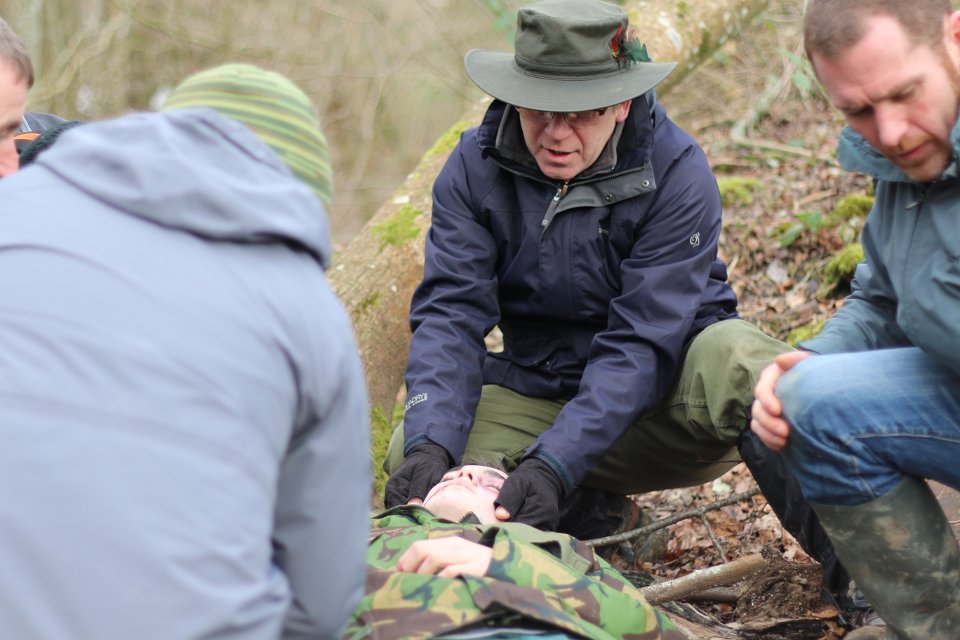
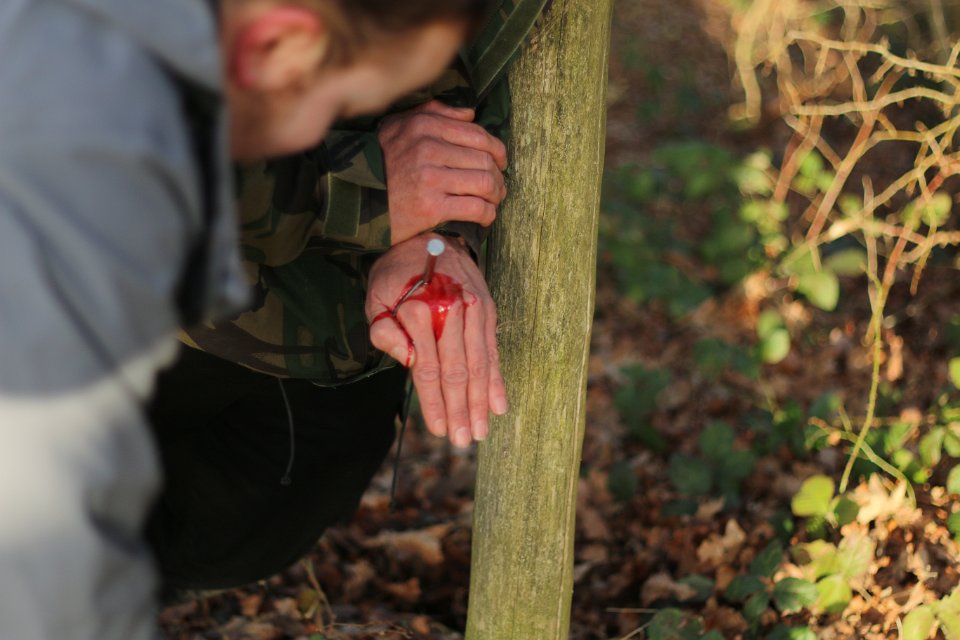
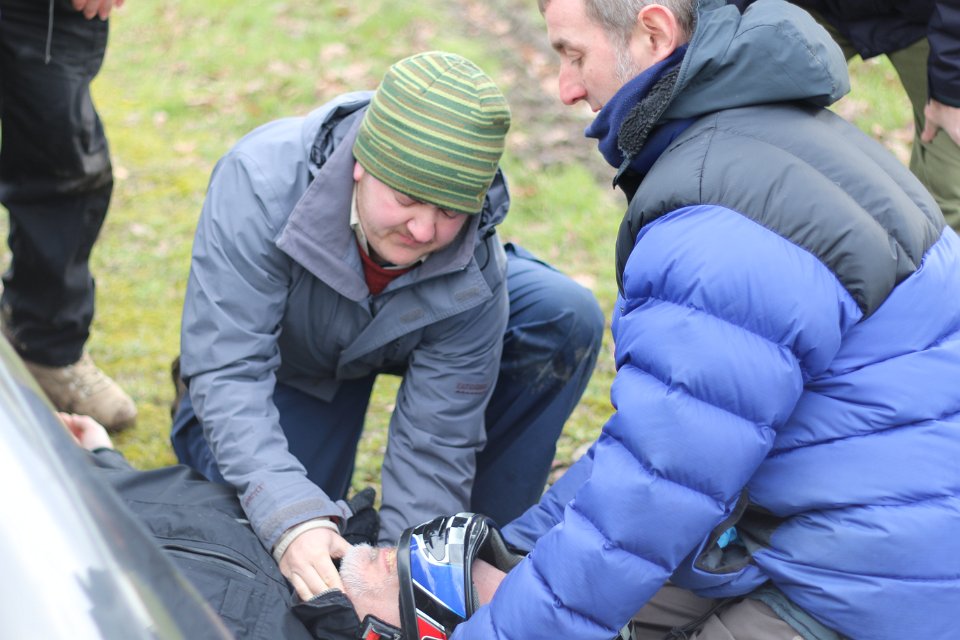
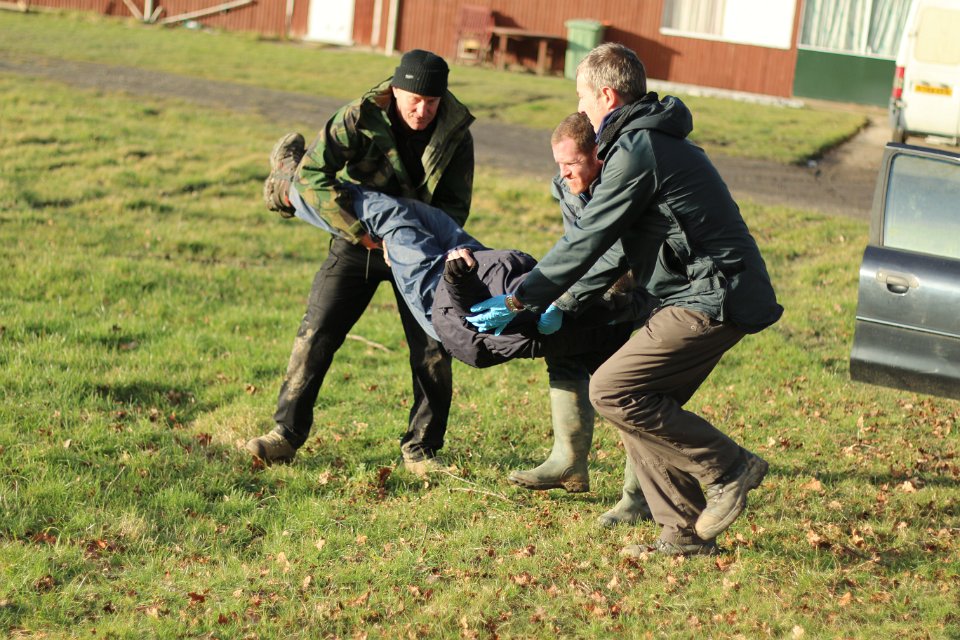
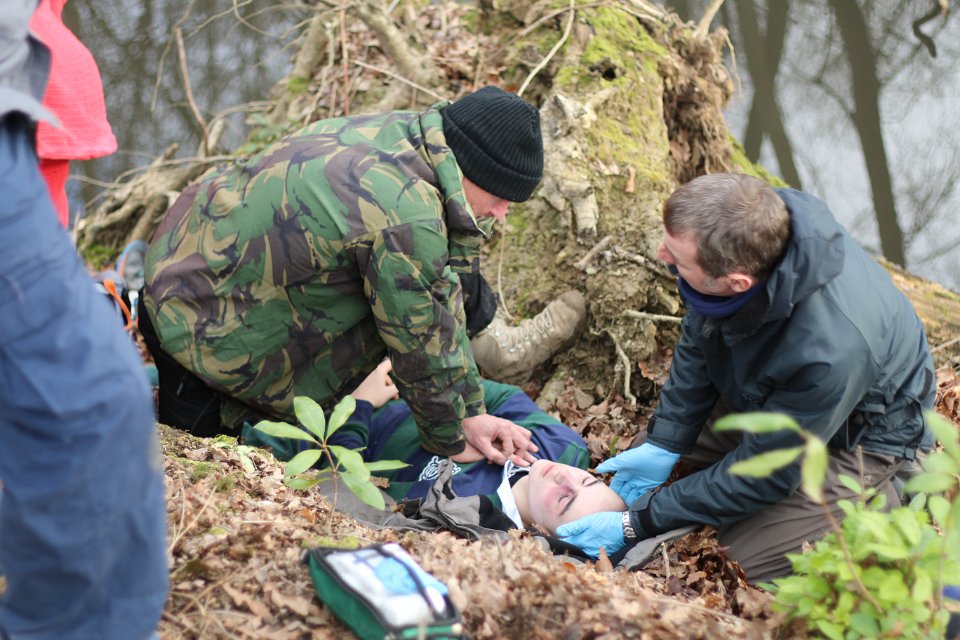
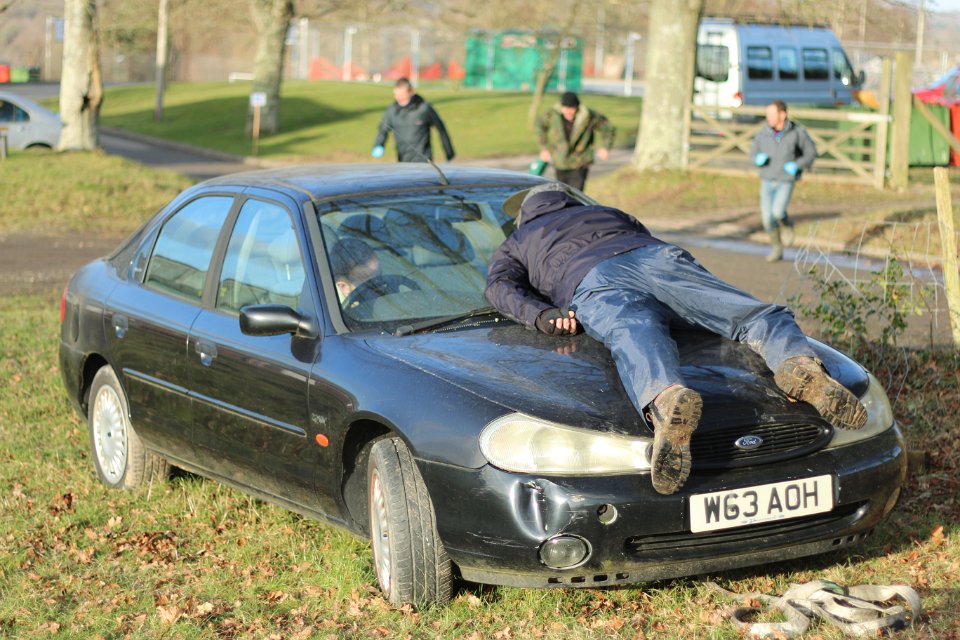

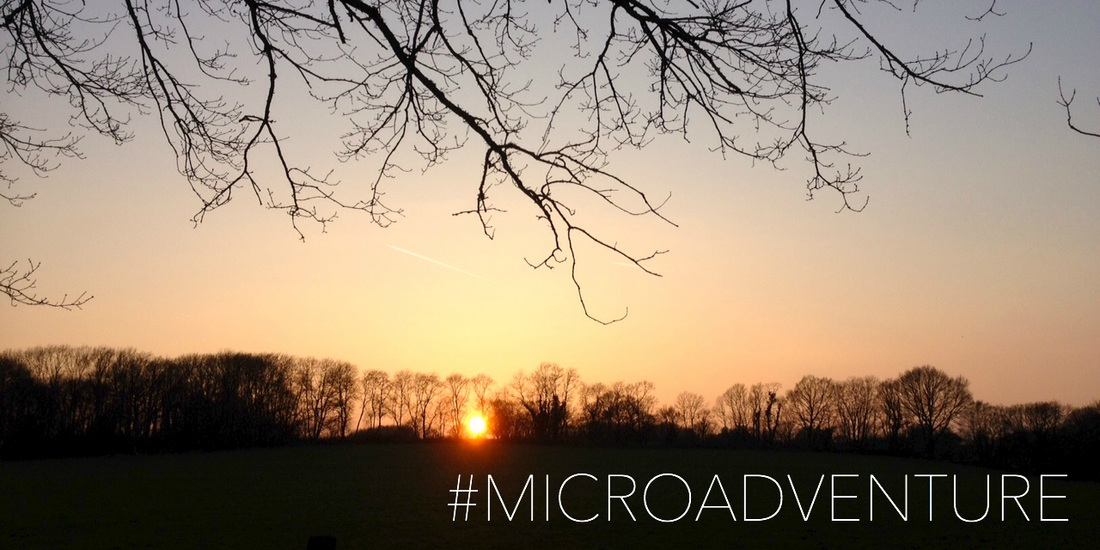
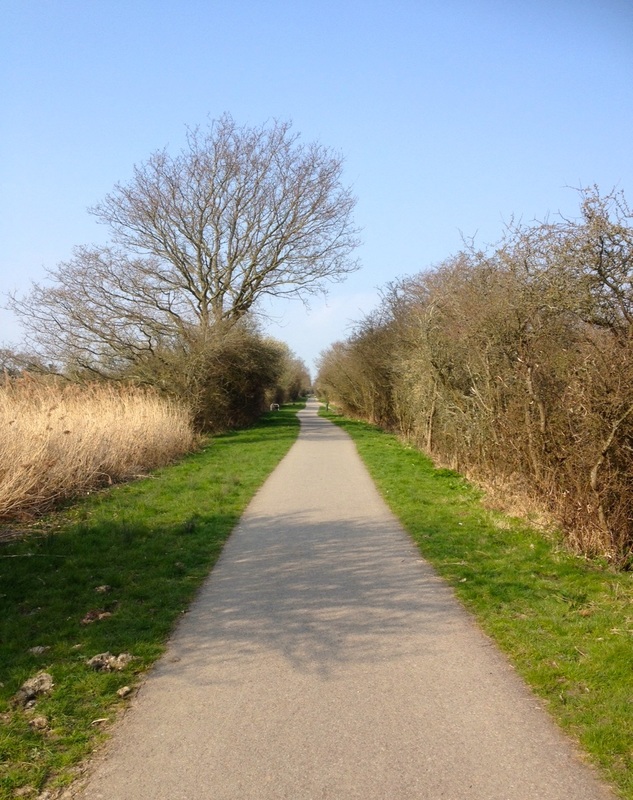
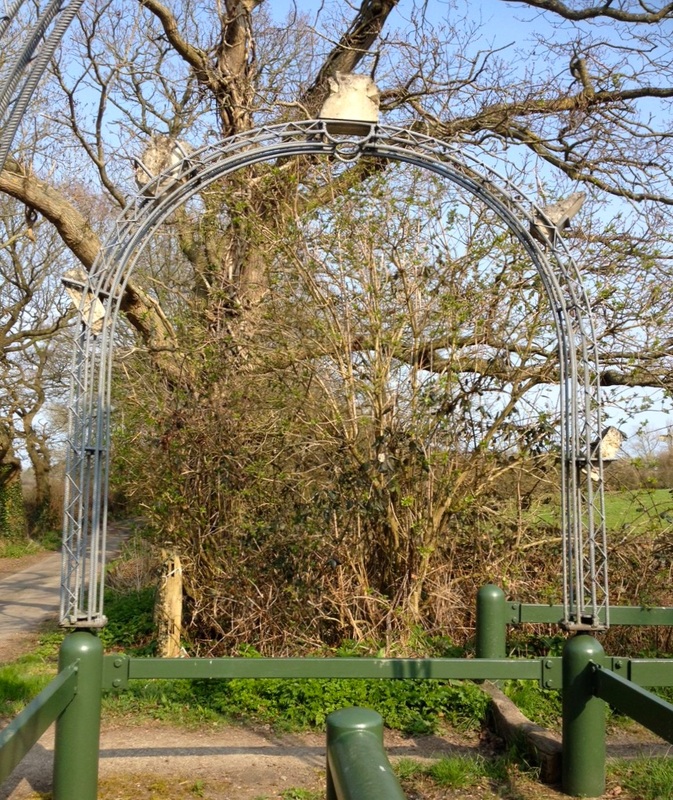
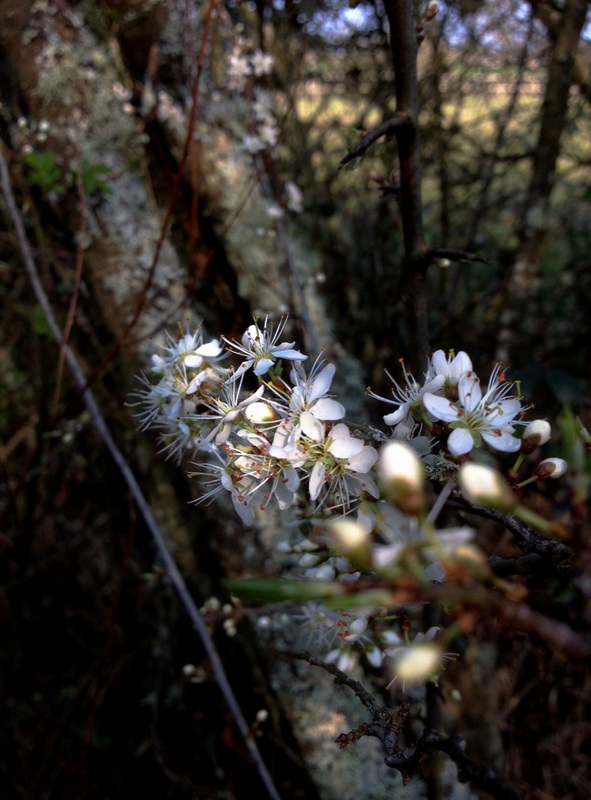
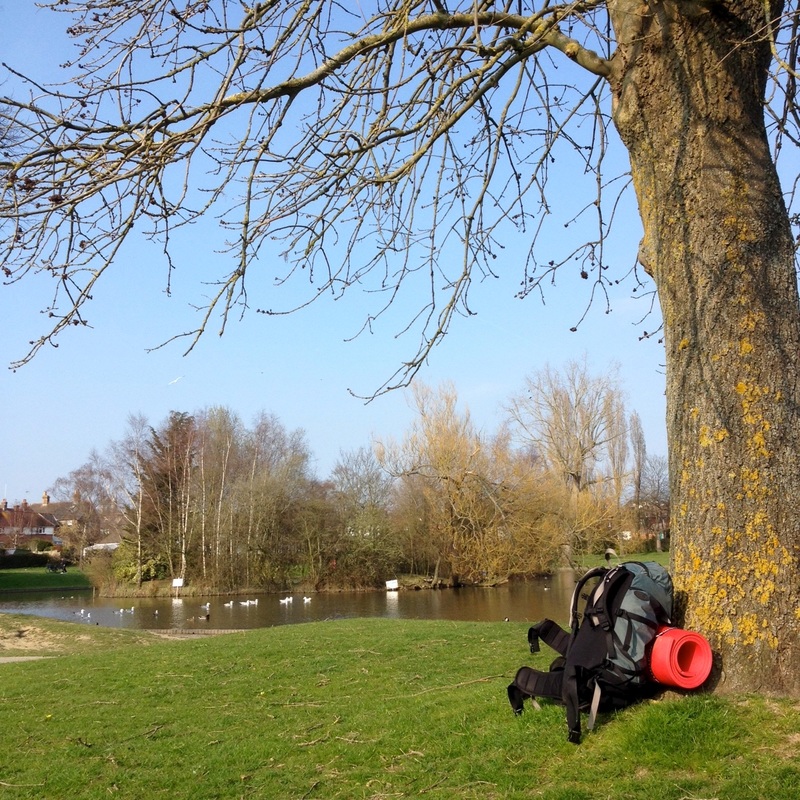
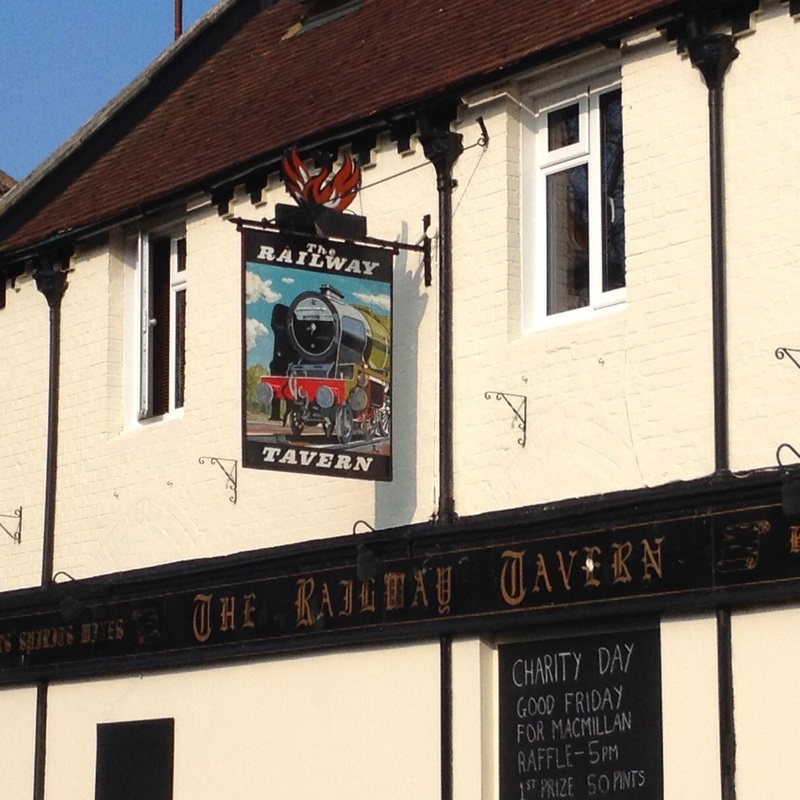
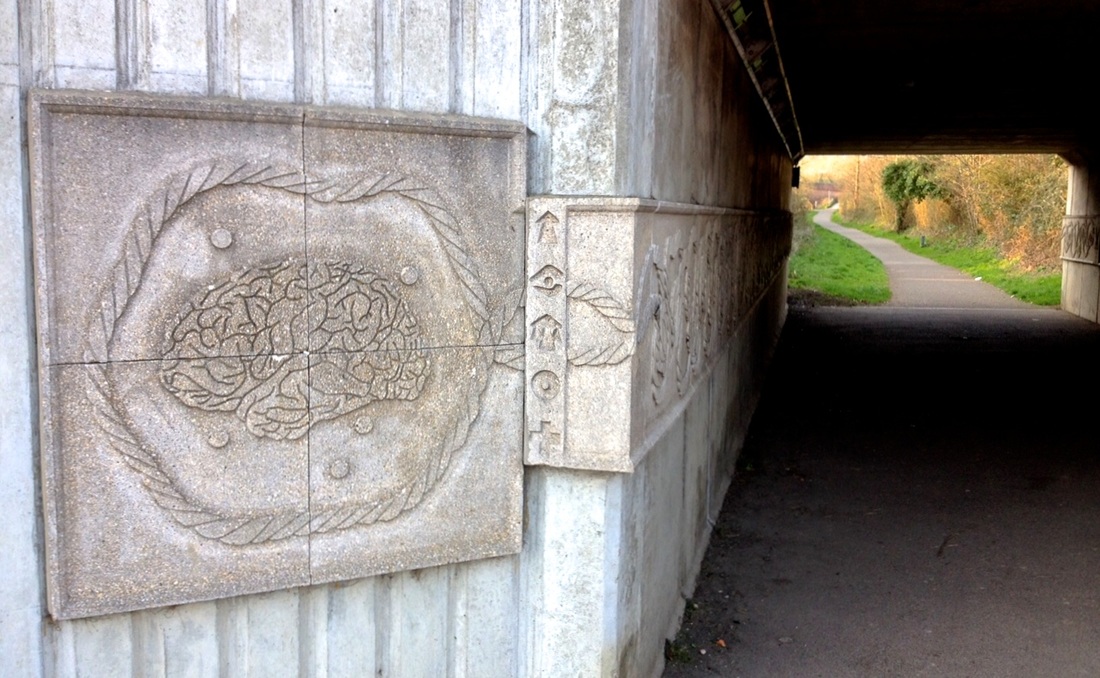
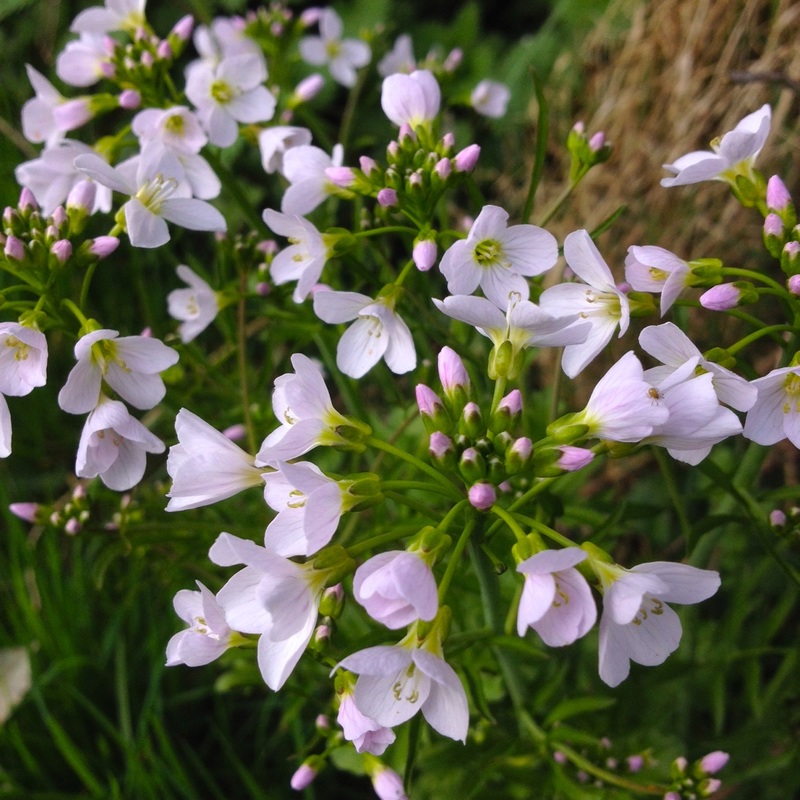
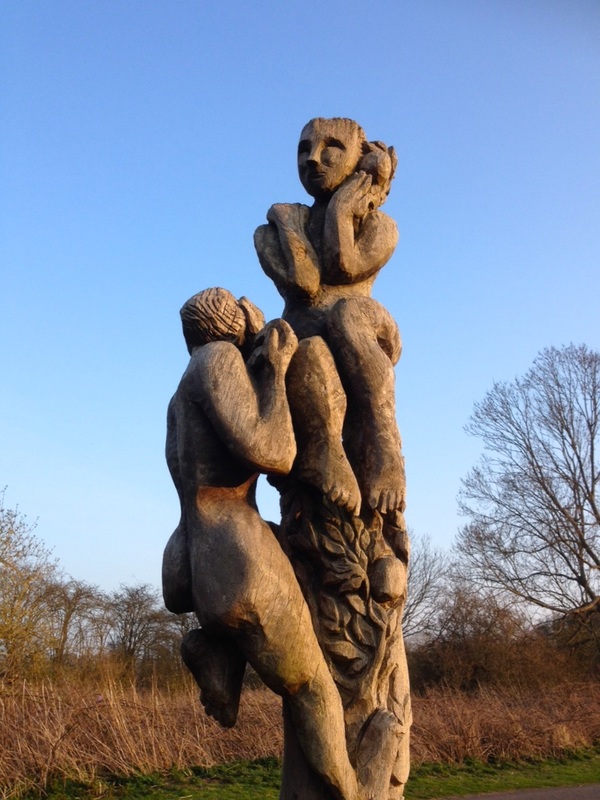
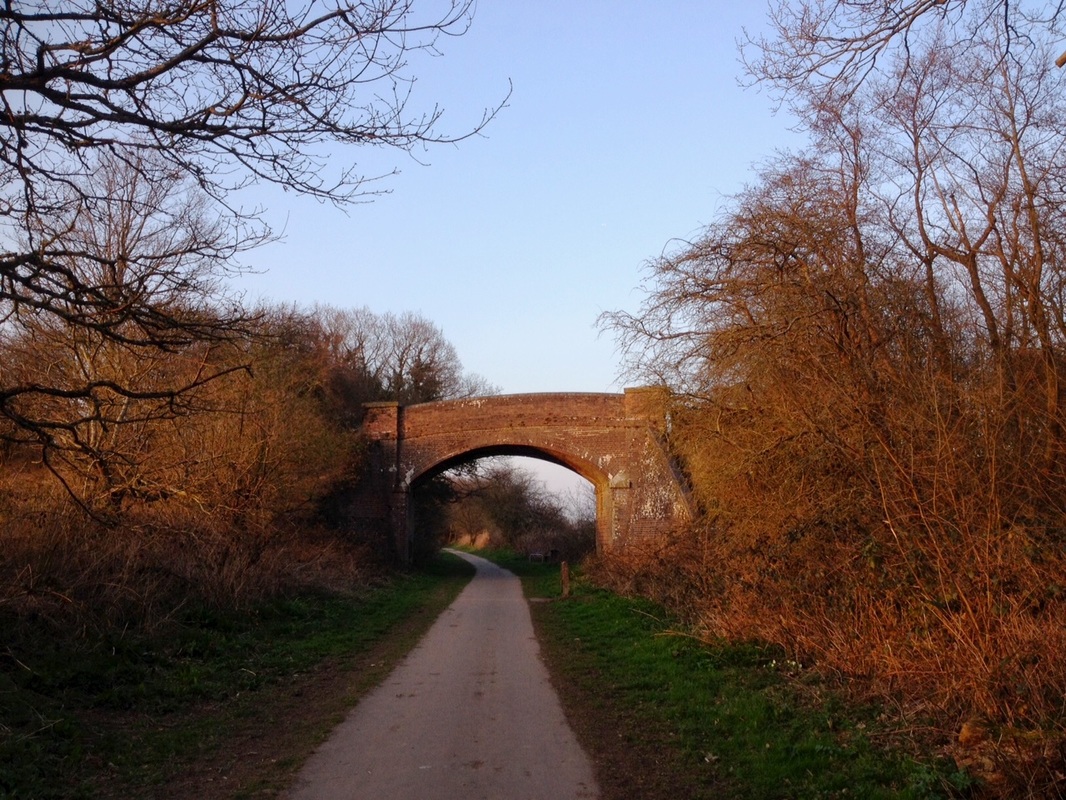
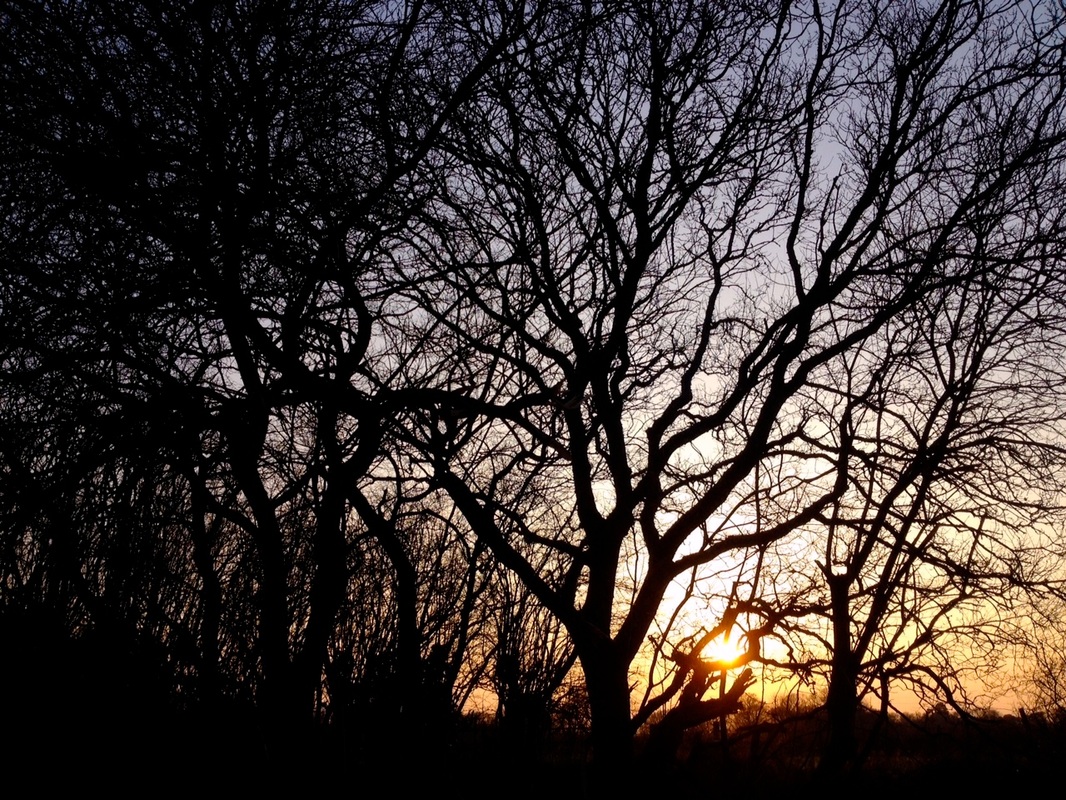
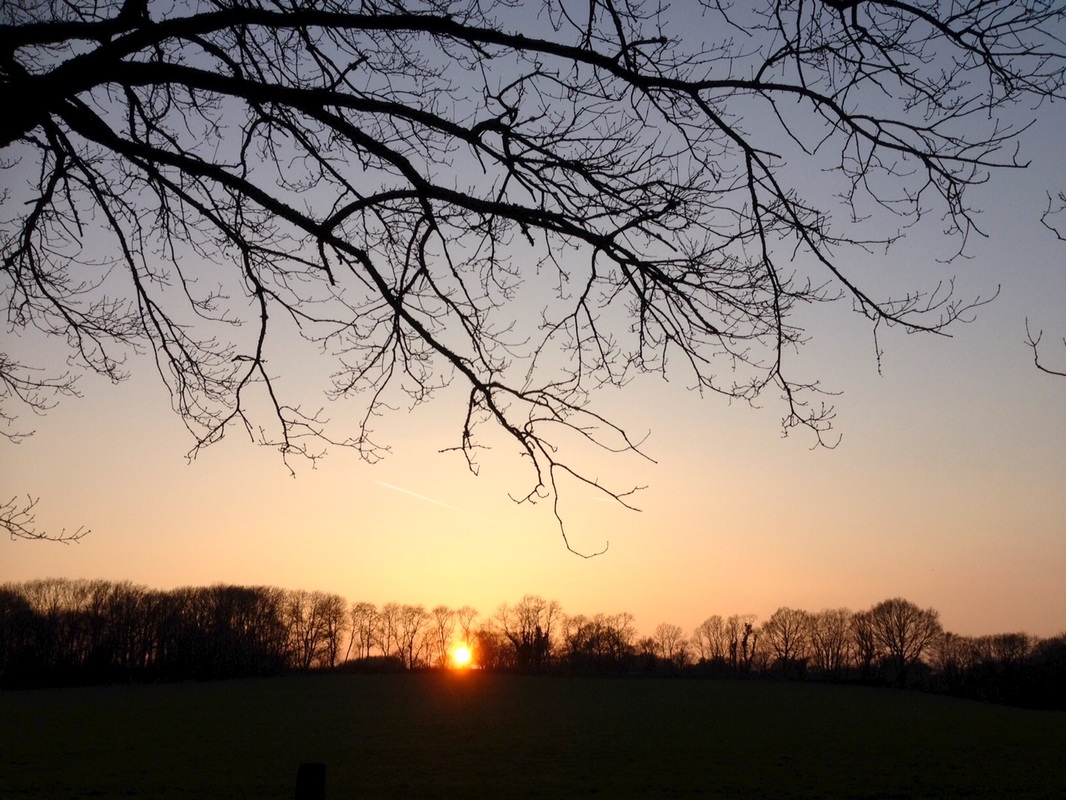
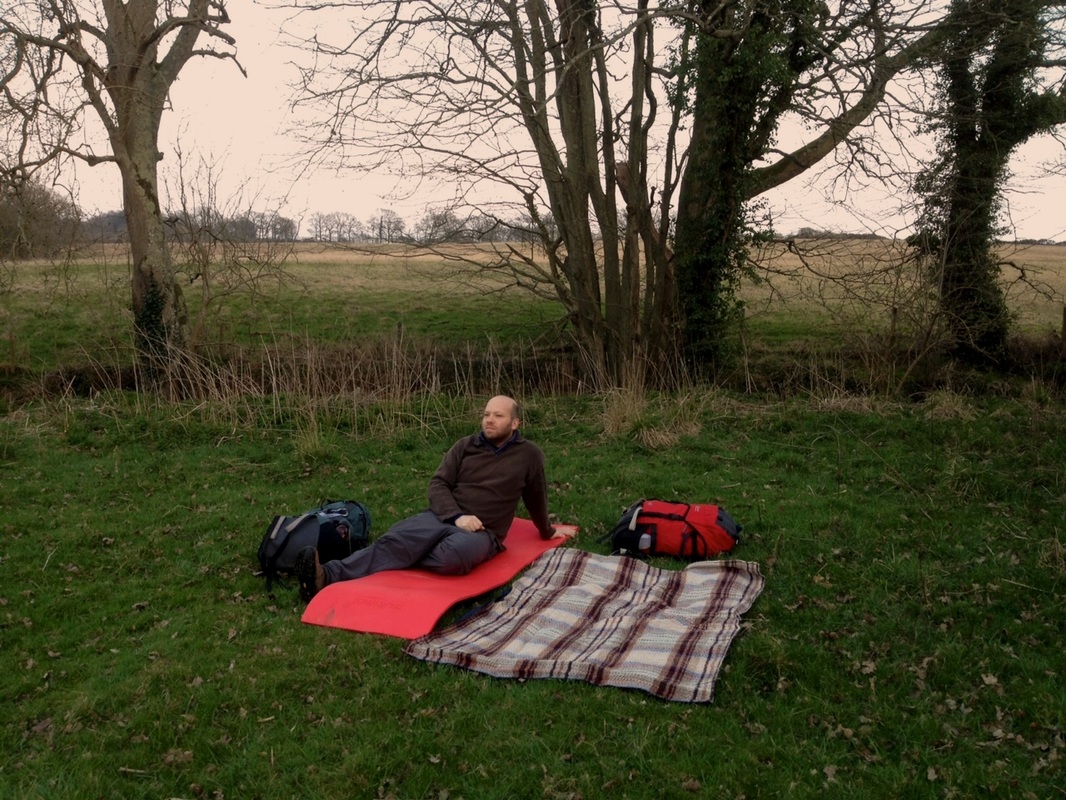
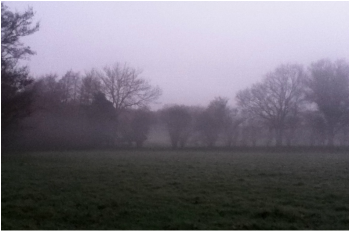
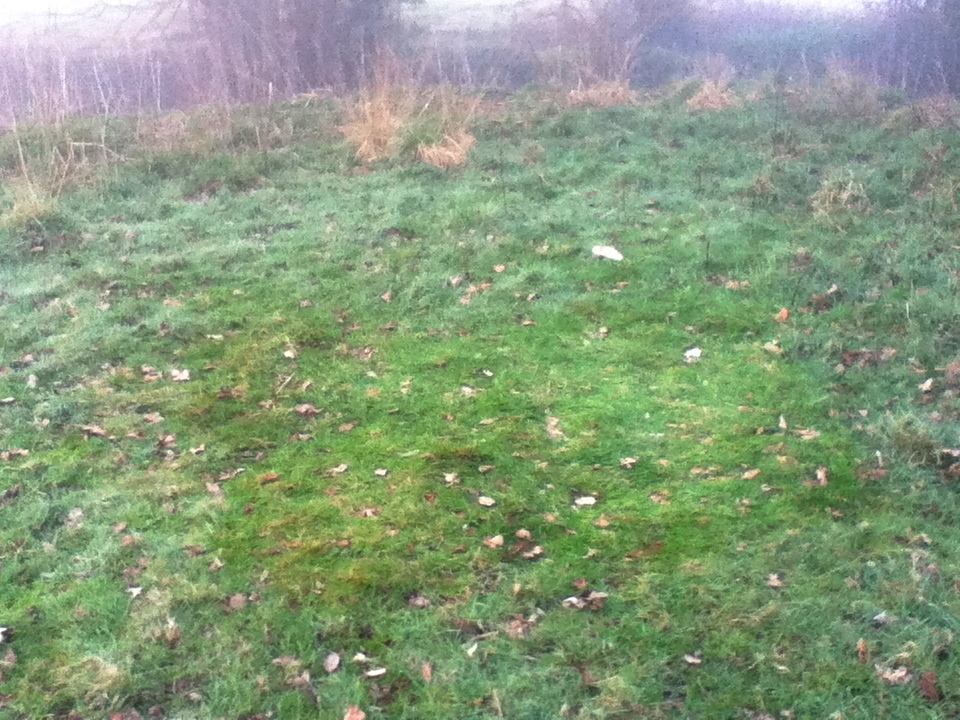
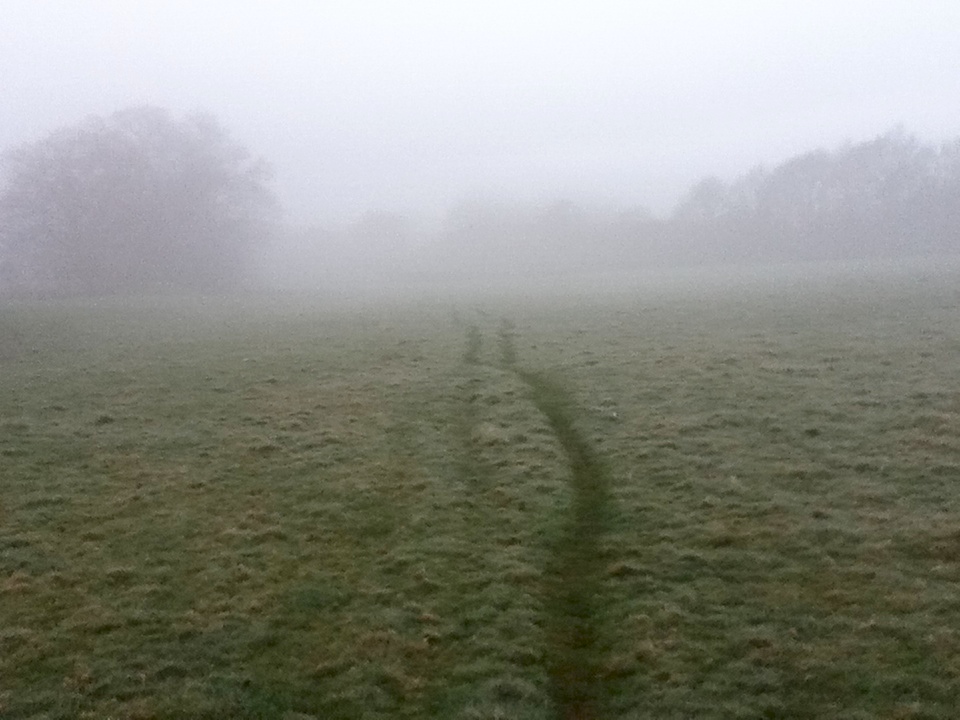
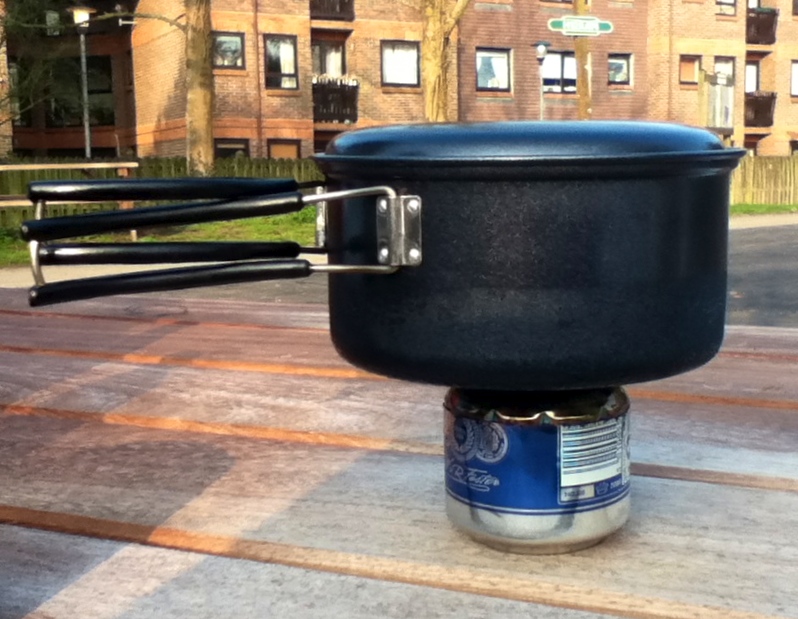
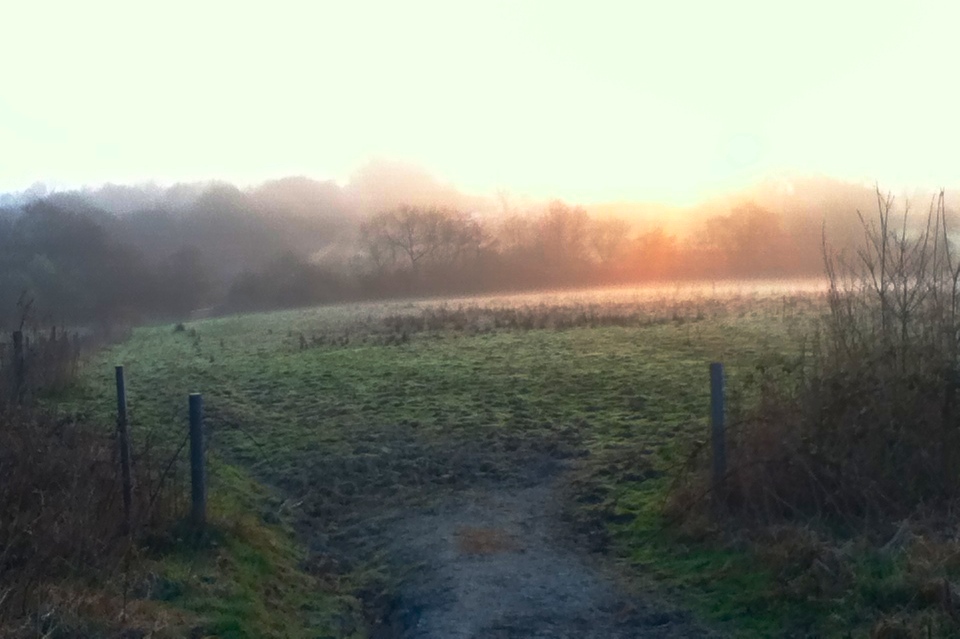

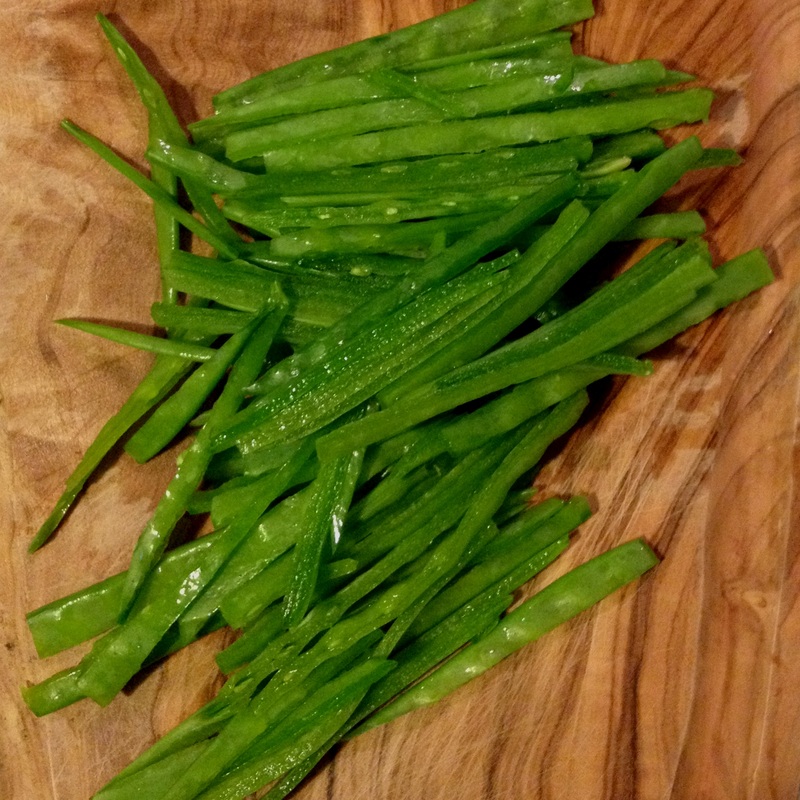
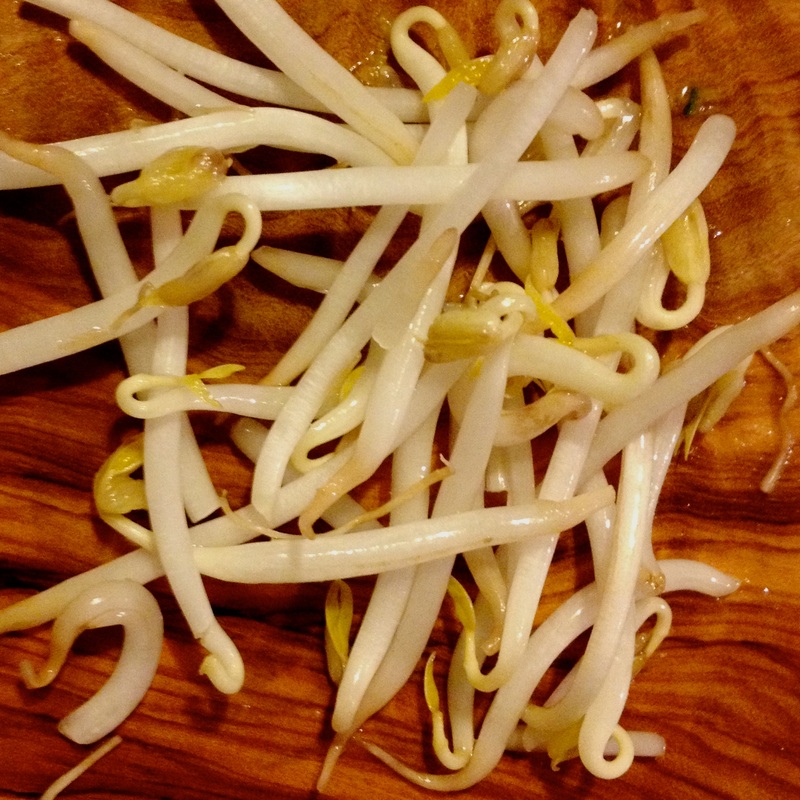
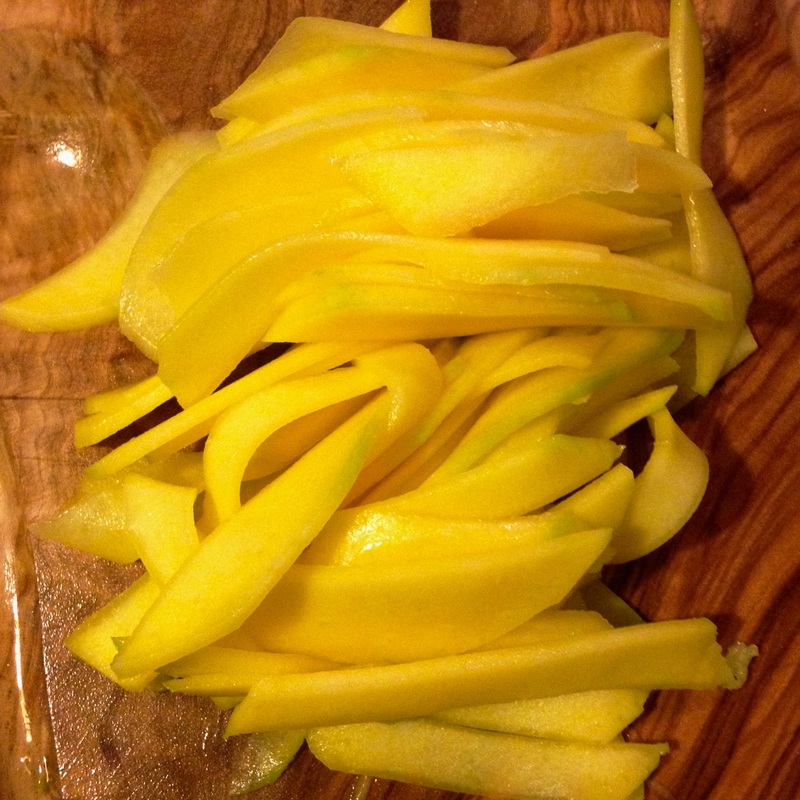
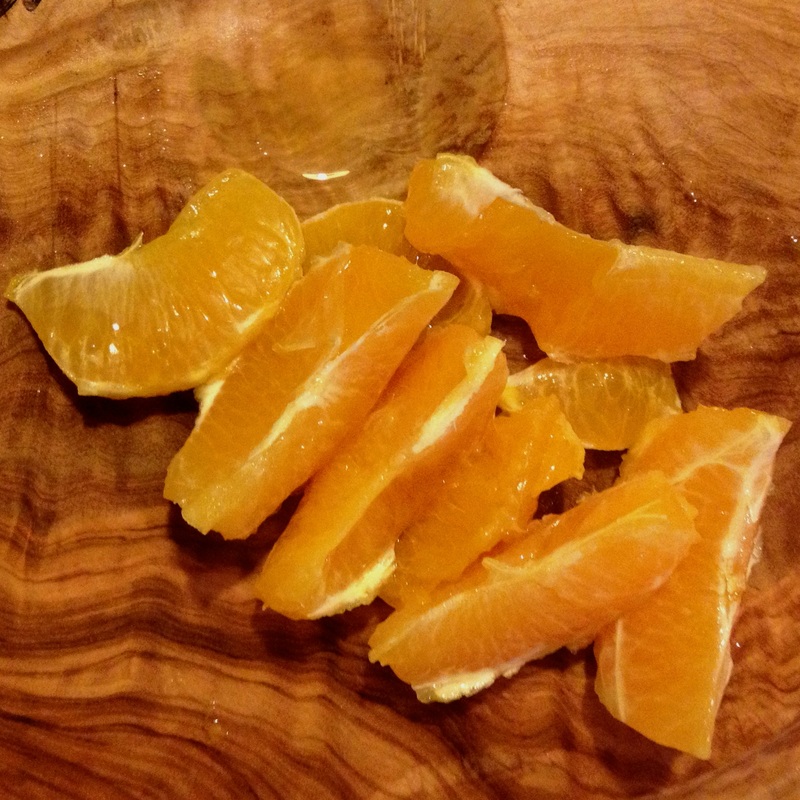
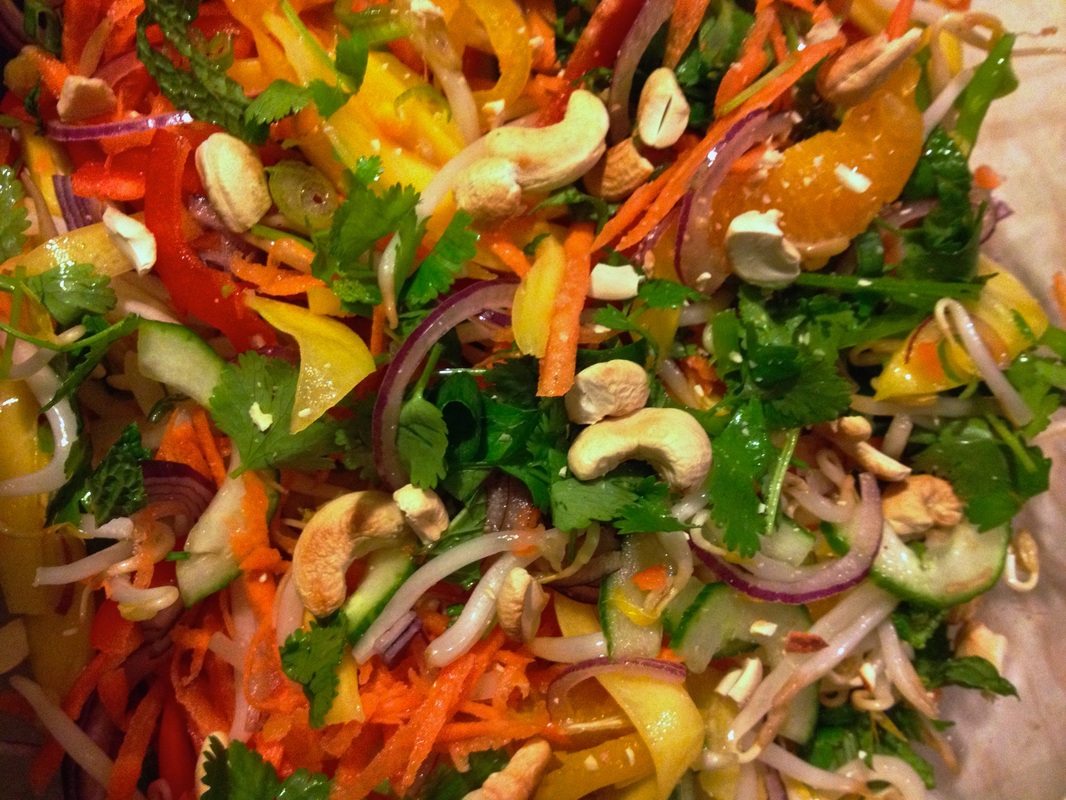
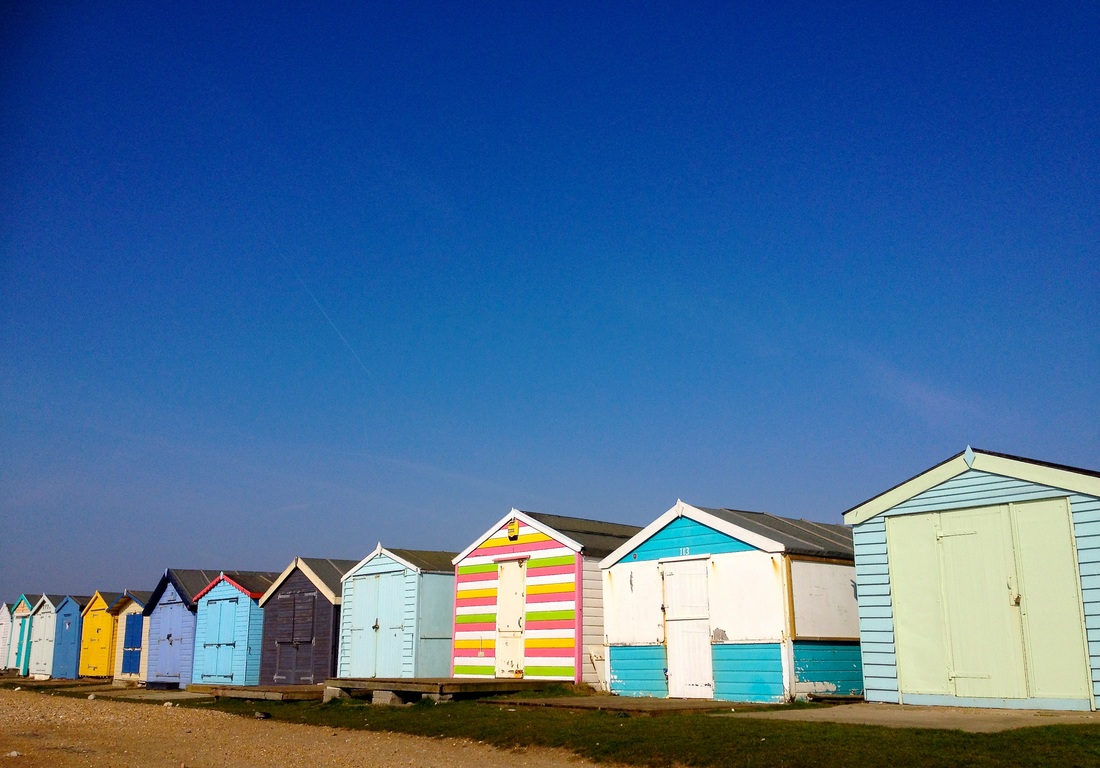
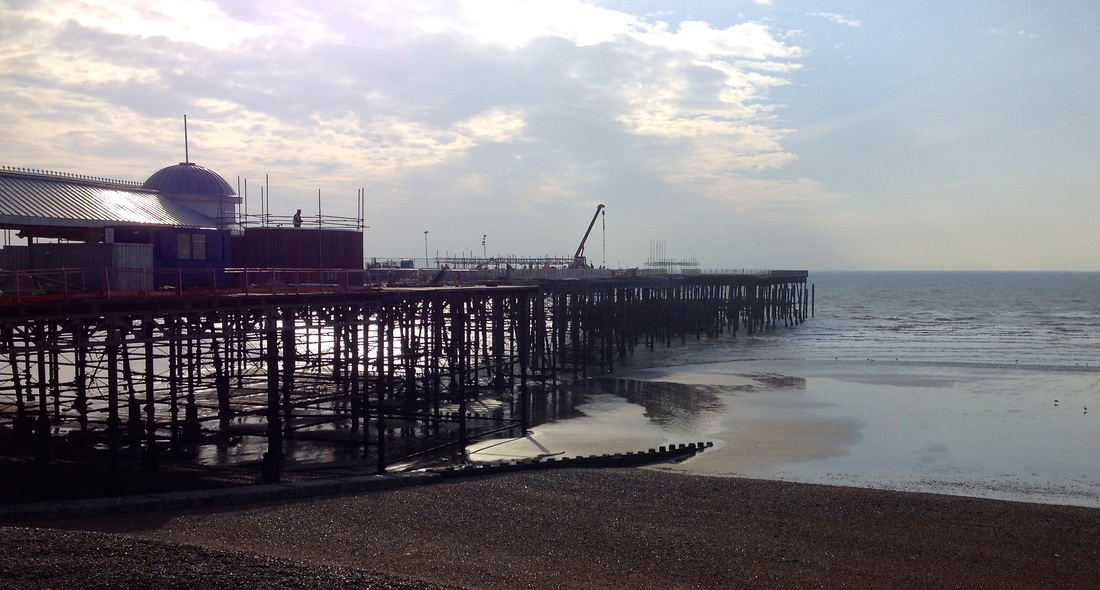
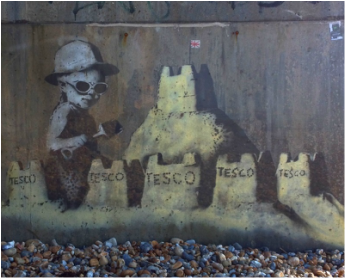
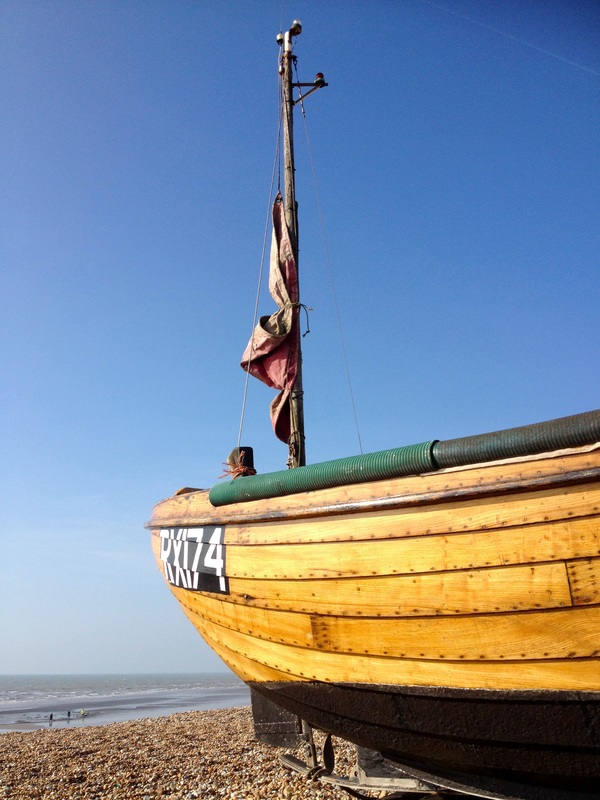
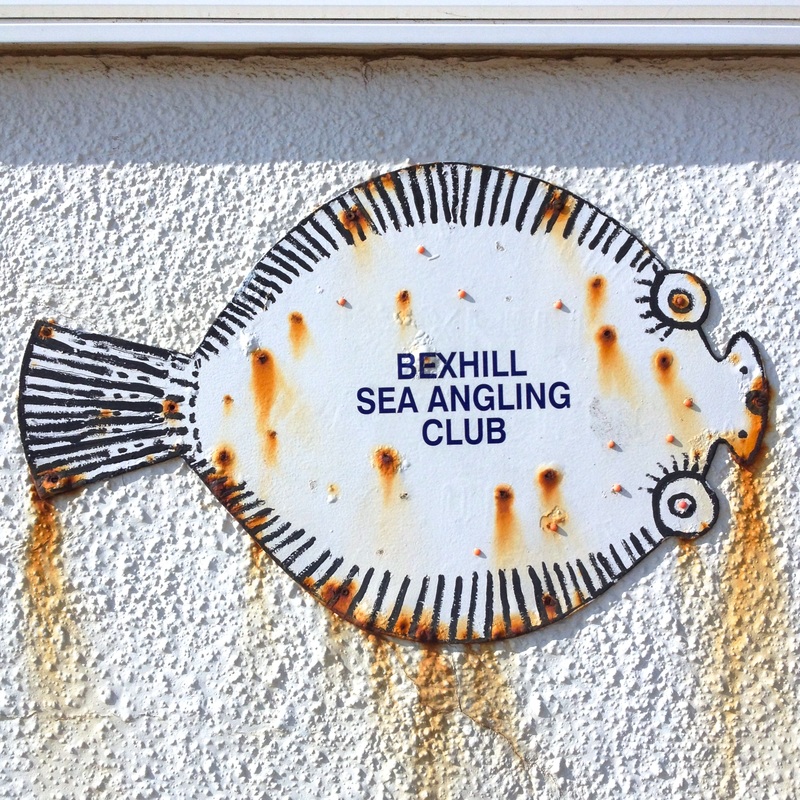
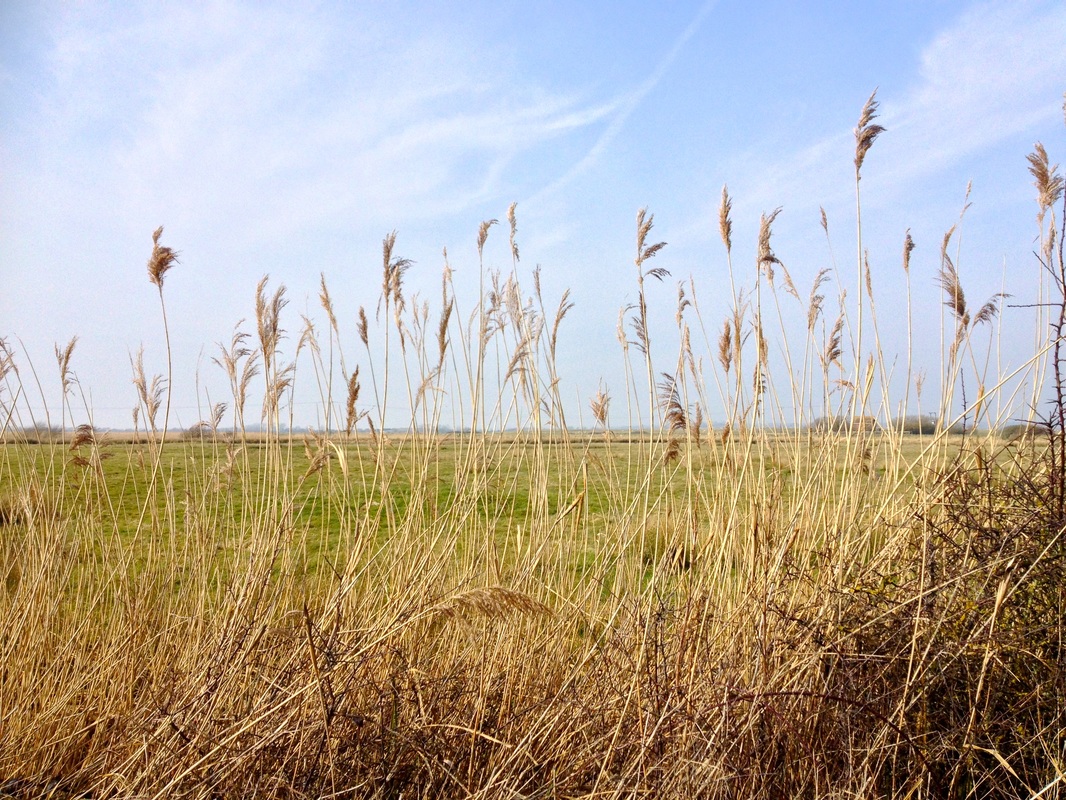
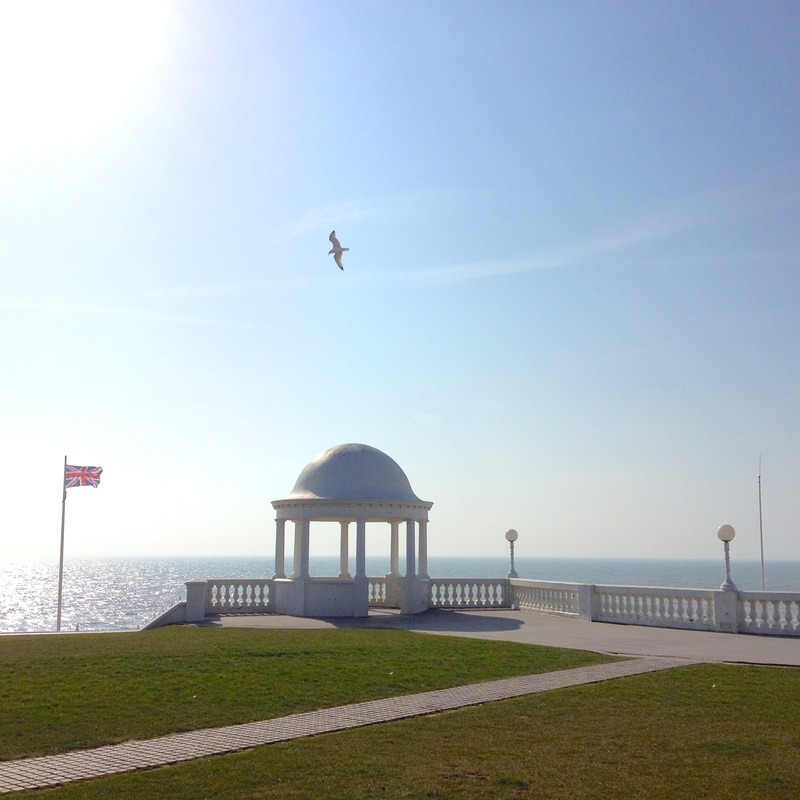
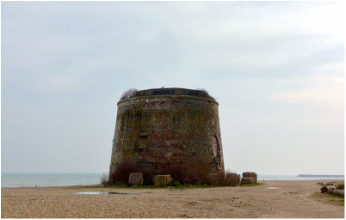
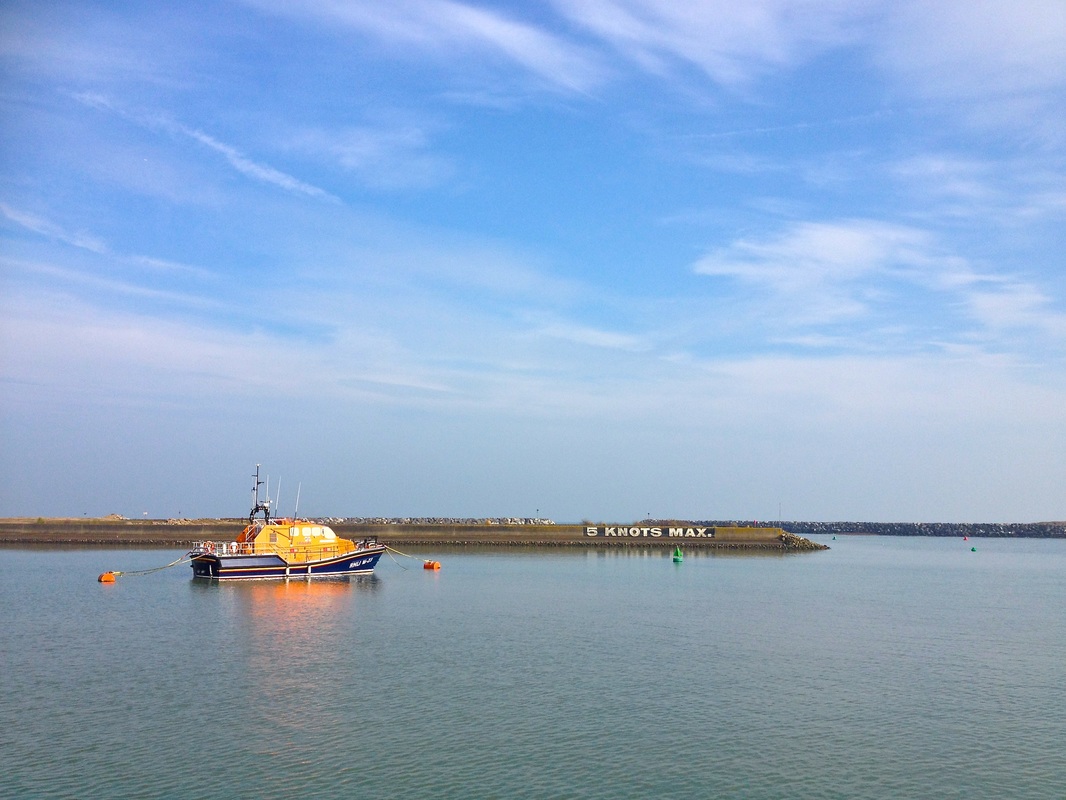
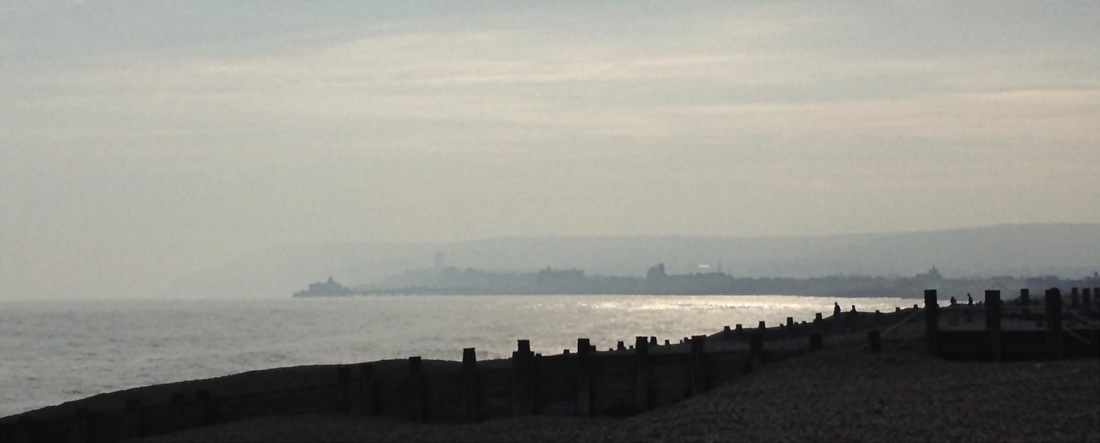
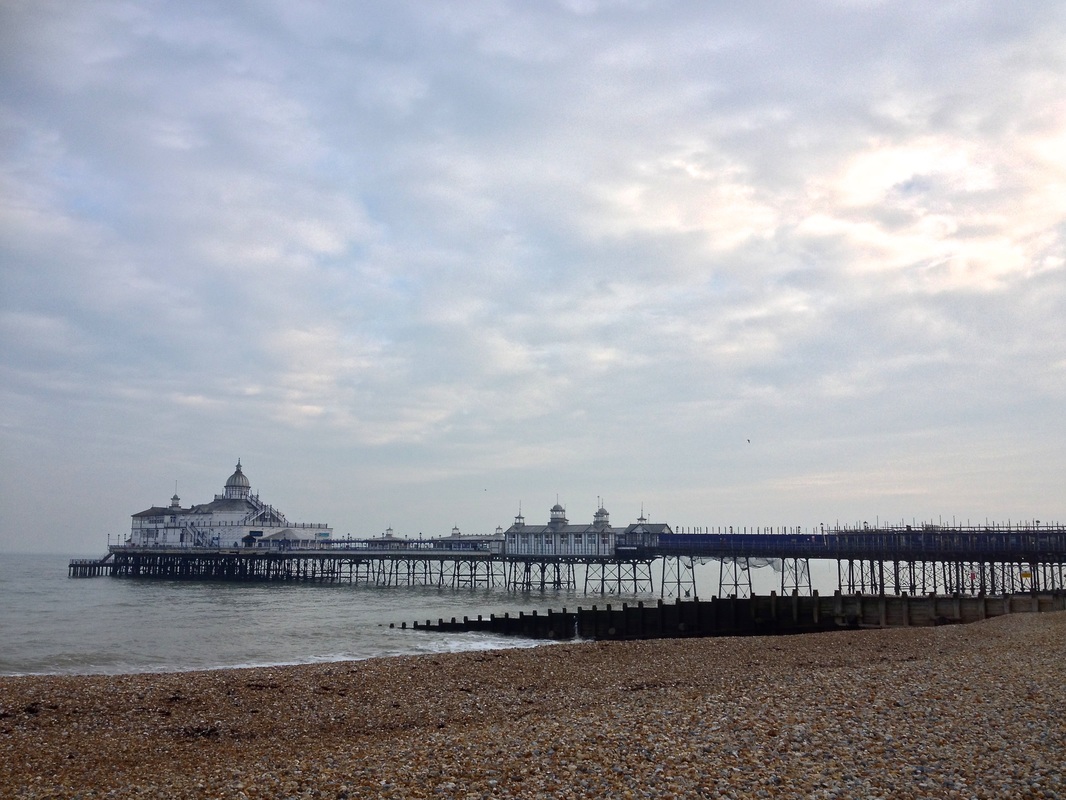
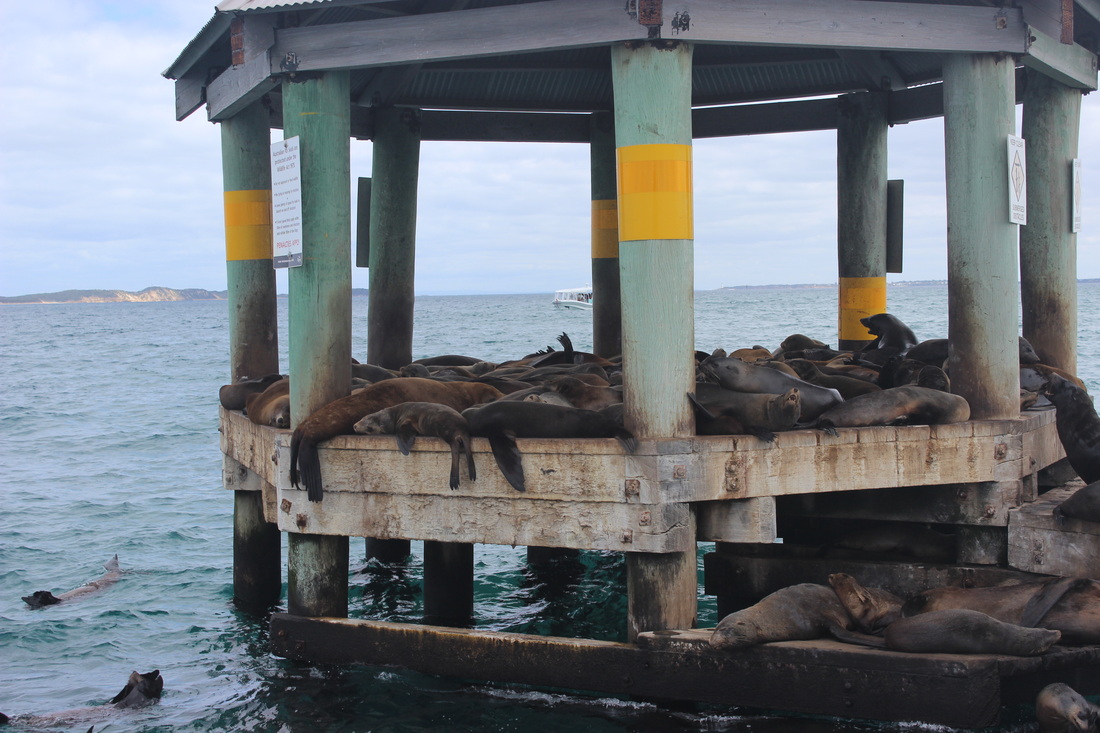
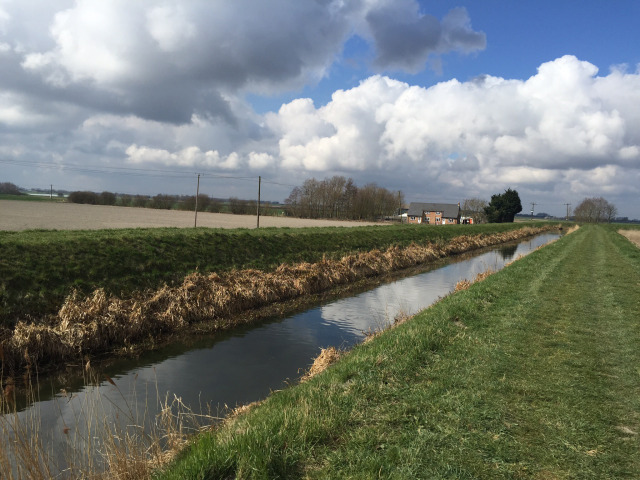
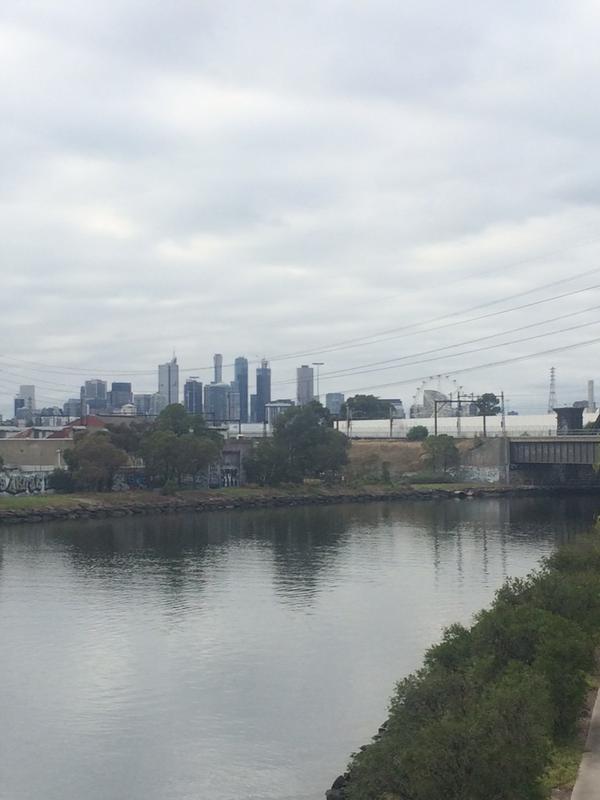
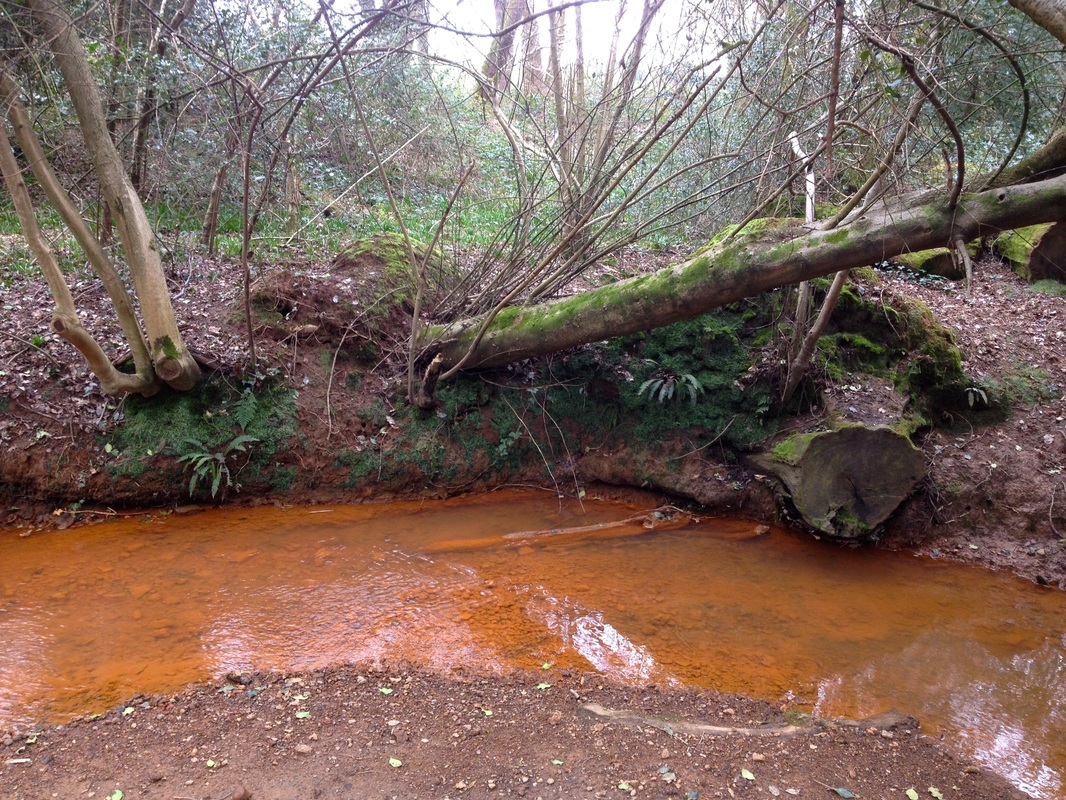
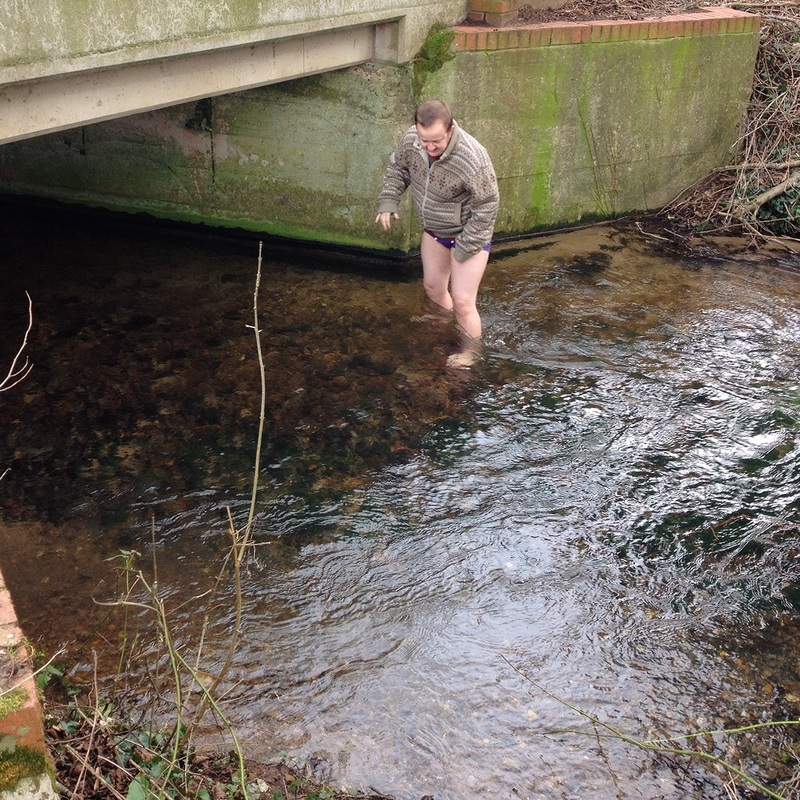
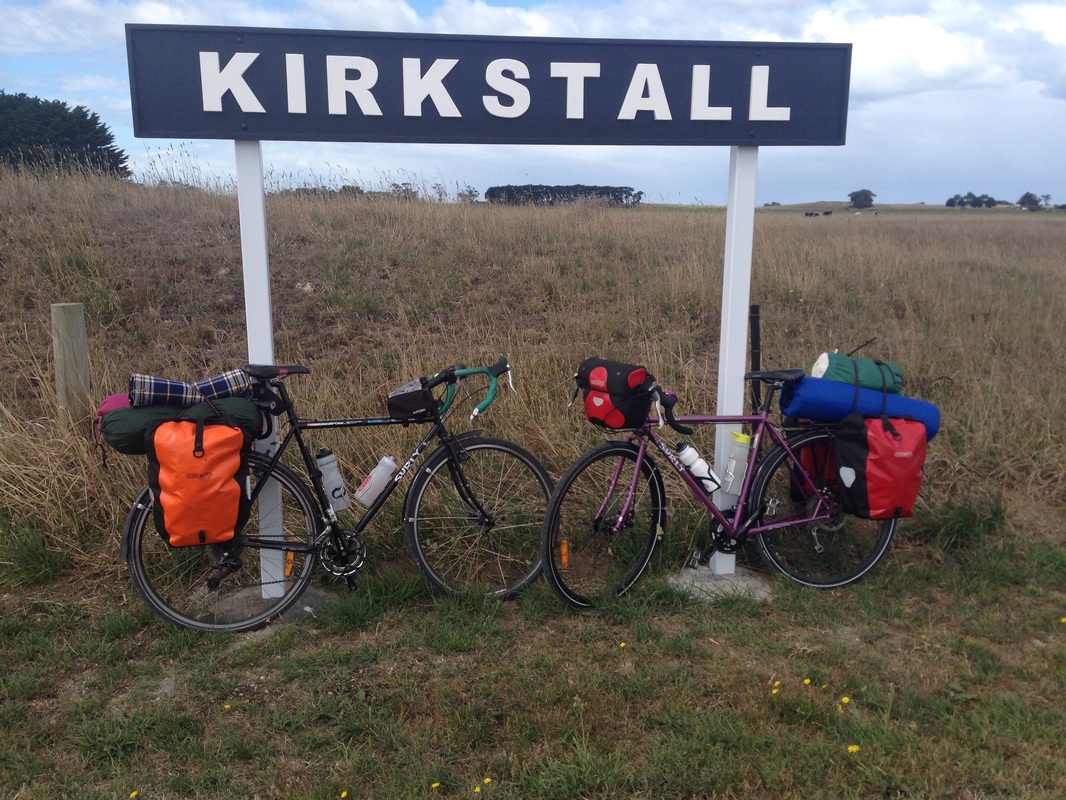
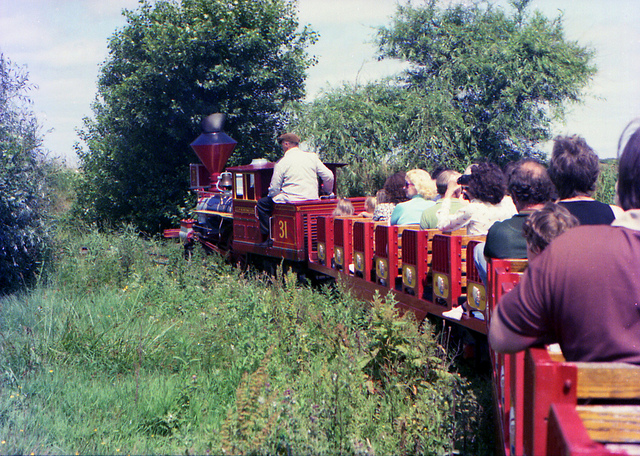
 RSS Feed
RSS Feed
